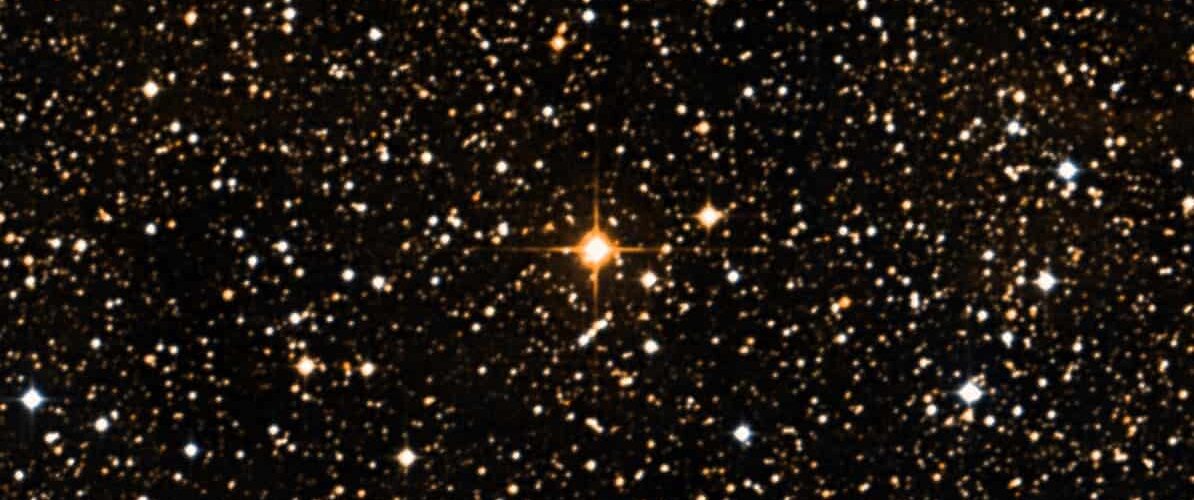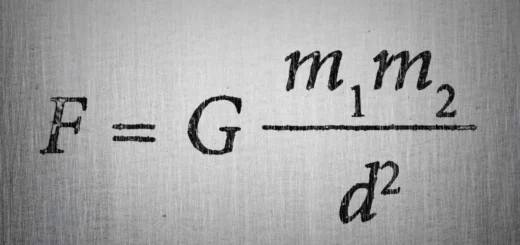The New largest Star 37.5 Times Biggest Than Sun

Overview
On a clear moonless night above our heads we can observe thousands of glistening stars but that’s just what we can see with the unaided eye observe the Galaxy with powerful telescopes and billions more are revealed in fact the Milky Way galaxy alone is estimated to have between 100 to 400 billion stars and look even further to our neighboring galaxies and Beyond and there are an un accountable amount more the closest star to us. The Sun appears enormous the largest body in the solar system as it rises and sets every day and although it dwarfs most things that come close to it in reality. The sun is just average sized the universe boasts far larger stars that aren’t just a little bit bigger. They are stunningly bigger so how big is the largest star we have observed so far? how big can Stars theoretically grow? and whatever happened to uy scooty?
Total Volume Mass
When it comes to the largest stars in the known universe it depends on whether we are talking about mass or total volume mass can be thought of as how much mass matter a star contains. Whereas volume is how much space it takes up the most massive stars tend to be quite unremarkable. When it comes to sheer size and the most voluminous Stars often contain a lot less matter. Considering their physical size as stars get older they tend to lose their Mass. This is something that is happening to the Sun as it grows in age until eventually in an estimated 5 billion years from now, after it has exhausted all of its nuclear fuel it will evolve into a bloated red giant engulfing the orbits of mercury venus and possibly. Even Earth and although this process will make our sun enormous.
Bat is bigger than Sun
There are stars out there that come a lot bigger before we look at the largest by sheer physical size let’s look at the current largest by mass named bat 99-98. This star is an estimated 226 times the mass of the Sun that’s Suns worth of matter all crammed into one how this star became so massive isn’t fully understood but it may be the result of two stars that once merged together.
History of Bat Mass
Scientific models suggest that bat 99-98 is only 7.5 million years old making it extremely young when you think of the age of the Sun at 4.6 billion years old and that it is also shedding its mass at a rapid rate since its birth models suggest it has lost 20 Suns worth of mass already because of how active it is. It is thought that it will inevitably end its life in a catastrophic way most likely a supernova that leaves behind a black hole but although bat 99-98 is extremely massive. It is nowhere near the largest by physical size with an estimated radius of 37.5 times that of the sun it doesn’t even come close.
What is the Biggest Star in the Universe
If you type into Google what is the largest star in the universe you will receive pages of websites telling you it is UI scooty a red super giant that just a few years ago was considered the largest star by physical size ever observed it was originally measured be around 1,700 times. The size of the sun however it turns out that the distance of ul scooty from Earth had been measured incorrectly significantly altering its estimated radius to 775 times. The size of the sun knocking it well and truly off that top spot this new measurement actually puts UI scooty closer in size to popular stars like bleers or anteris still unbelievably enormous but nowhere near the largest in fact doesn’t it currently even make it into the top 80. So what about another star that was also believed to be the largest just a couple of years ago named Stevenson 2-18 a possible red hyper Giant star that was estimated to be so big if it was placed in our solar system it would engulf the orbit of Saturn and if you could travel around it at the speed of light it would take almost 9 hours to complete one Loop in comparison making the same trip around the Sun would take only 14.5 seconds. Some estimates put Stevenson 2-8 at being 2 150 times the radius of the Sun.
Stellar Evolutionary Theory
But according to the Stellar evolutionary theory that might be problematic because there could also be a theoretical limit to how big stars can apparently grow. According to the theory the limit a star can grow is around 1,500 times the radius of the Sun this could mean that Stevenson 2-18 has been overestimated possibly due to its distance from Earth being uncertain by as much as 50% which like UI scooty would significantly alter its estimated size but then again as far as I could find there is no clear-cut equation that determines how big a star can grow since. It depends not only on mass but composition evolutionary history and the strength of its Stellar Wind for potential giant Stars such as Stevenson 2-8 the outer atmosphere can in theory continue to puff up and grow essentially without limit. However at some point the diffuse gas of its outer layers becomes merged with the interstellar medium and cannot really be regarded as the Stellar surface.
So when it comes to measuring the size of a gigantic star it turns out that it’s no easy task these objects are of course extremely big thousands to millions of times. The volume of the sun are extremely far away and are extremely luminous and as I just mentioned they also tend to have far extending atmospheres and photospheres that are ever changing and are often shrouded in enormous clouds of dust making their true size very difficult to discover nonetheless astronomers attempt. This by using a range of different factors such as the distance and the environment around a star by discovering these measurements among other things they can more or less get estimates that fall within a smaller or larger area of confidence. So based on our best measurements what is the current largest star in the known universe well according to the list of largest Stars known that title is currently held by a red super giant called w g64 a Star located around 160,000 light years away in a neighboring satellite Galaxy called the large melanic Cloud W g64 has an estimated radius of 1,540 times that of the sun meaning that if it took the place of the Sun in the solar system it would engulf the orbits of Mercury Venus Earth Mars and even Jupiter.
This measured radius also fits in nicely with that theoretical growth limit and is consistent with many other large red super Giants found elsewhere W g64 is likely in the latter stages of its Stellar Evolution. These types of stars have exhausted their nuclear fuel leading to the expansion of their outer layers transforming them into true Cosmic Giants the enormous star is also shrouded in a Taurus shaped cloud of dust about a lie in diameter which consists of material.
It has expelled incredibly it is estimated that if all the material in the Taurus Cloud was collected it would be enough to make our entire solar system nine times over so have we finally cracked it is wg64 the largest star in the known universe well probably not because there have been other studies that have also measured this Behemoth and got completely different measurement although One Source did put it at 2,575 times. The radius of the Sun making it far bigger than even Stevenson 2-1 18’s possibly overestimated size. If this is correct then it would easily engulf Saturn’s orbit and if you could once again travel around it at the speed of light it would take all almost 10 and 1/2 hours to complete one Loop in comparison light from the sun travels to Pluto in only 4 hours.
So although it is clear that the universe is full of some truly enormous stars at different stages in their evolution until we can gather more accurate measurements which one is the overall largest isn’t clear however with ongoing advancements in observational techniques and technology astronomers will be able to refine their measurements and so understand these Cosmic behemoths far better W g64 could will be the largest star ever observed in the known universe but something tells me that top spot will change again.








